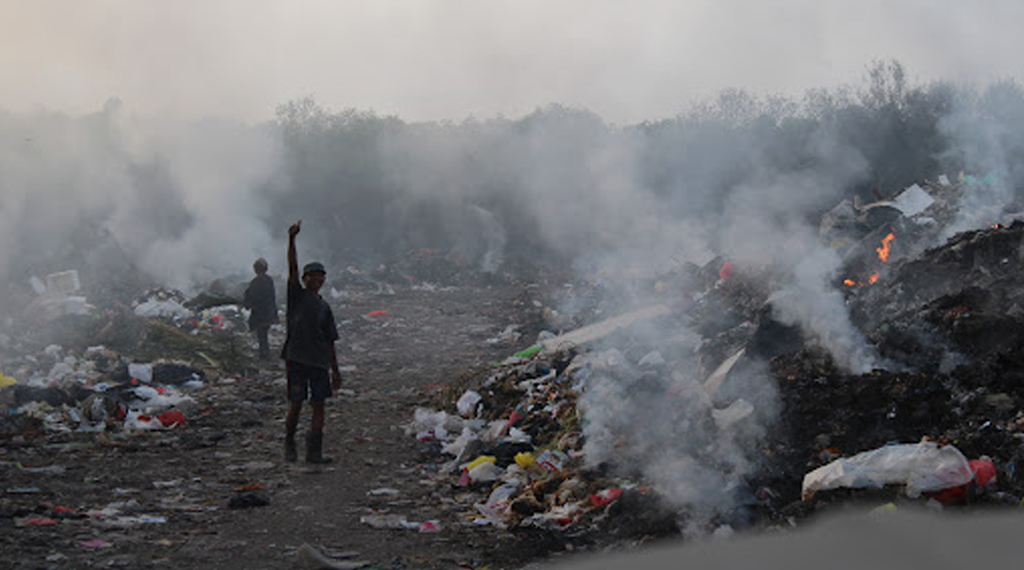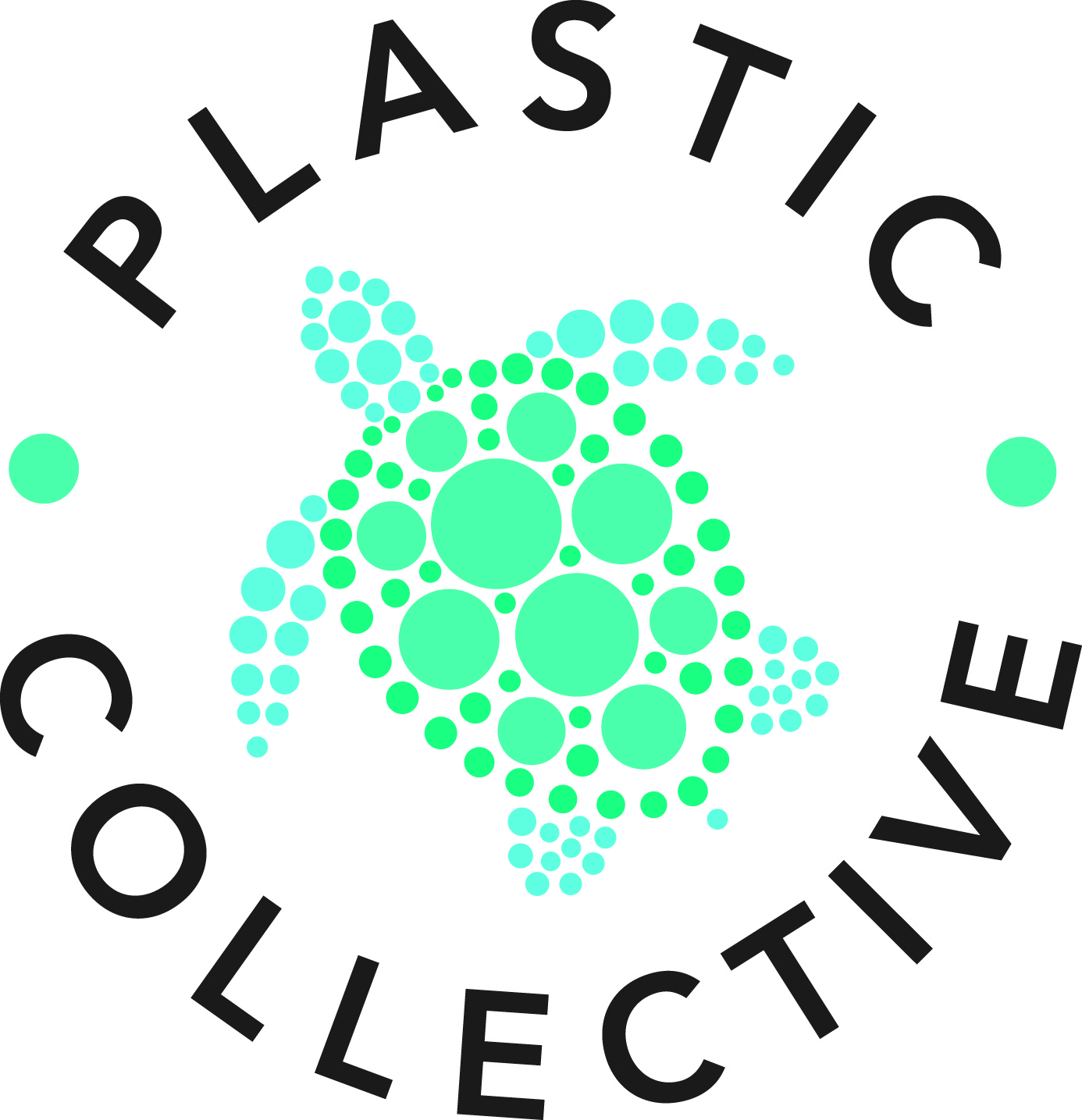INTRODUCTION
“If I had an hour to solve a problem, I’d spend 55 minutes thinking about the problem and five minutes thinking about solutions.”
Albert Einstein.
Einstein believed the quality of any solution you generate is in direct proportion to your ability to identify the problem you hope to solve. To that point, if we hope to solve the global plastic crisis, we first need to understand what that crisis is. Throughout this module you will discover how and why the global plastic crisis has got to this point, and the impact it is having on our planet.
Course Learning Outcomes
You will:
- u003cliu003eUnderstand the depth of theu0026nbsp; Global Plastic Crisisu003c/liu003eu003cliu003eRecogniseu0026nbsp; how plastic leakage has become water, air and land pollutionu0026nbsp;u003c/liu003eu003cliu003eLearn about the features that make plastic such a useful and practical materialu003c/liu003eu003cliu003eIdentify the global recovery and recycling rates of plasticsu003c/liu003eu003cliu003eLearn how most of the global plastics are disposedu003c/liu003eu003cliu003eExplore the negative impacts of mismanagement of plastics on people, wildlife and ecosystems.u003c/liu003e
Course Content
1. WHAT IS THE PROBLEM?
2.2 IMPACTS OF MISMANAGEMENT
3. FACTORS CAUSING THE CRISIS


